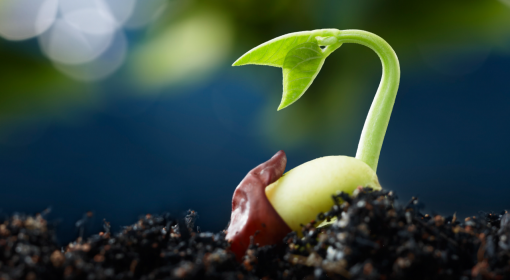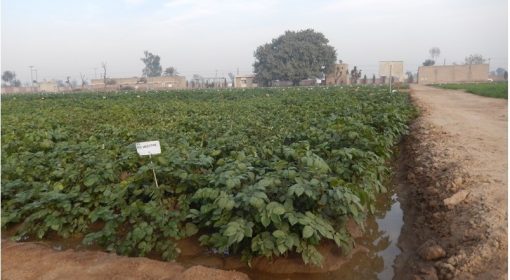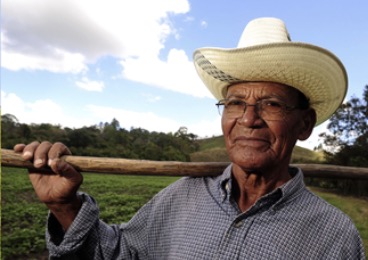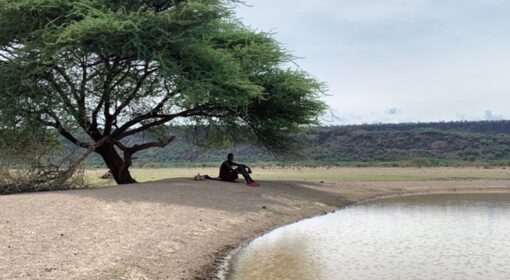By Femke van Woezik
In a small village called Membe (Dodoma Region, Tanzania), the rhythm of the weather has shifted and with it, the lives of the people who depend on it. The rains no longer come when they used to. Seeds lie in the soil waiting for the moisture that used to signal the start of the growing season. The once reliable harvests of maize, groundnuts, and sunflower now fail more often than they succeed.

“When planning and things are not happening, it is hard to plan”, a young villager tells us. And it shows. Investments made last year brought no returns. With nothing to reinvest, many are pulling pack, watching the future become a narrow path.
The droughts are not new. What is new is their persistence. Prolonged dry seasons have stripped food security down to the bone. People work hard, sometimes harder than ever, but there are no results. One farmer said, “We used to get enough food. Now we work and we wait, and we still don’t eat”.
Some villagers migrate to wetter areas where vegetables might grow. Others join government working schemes to earn money to buy food from outside. A few turn to livestock, boda boda jobs, or fixing motorcycles to earn something, anything.
Improved seeds, that grow quicker during the little rain that there is, is promising, but unaffordable for most. “20 grams costs 100 dollars”, they say, and even then, getting the right seeds is a gamble. “If you get the right seeds, you get more harvest. But it is hard to know where it comes from”.
Water, too, tells a story of inequality. Shallow wells are natural and full but not safe. Drilled wells have cleaner water but rely on pumps that break down. Tanks are installed but can’t keep up with rising populations.
In some parts of Membe, there’s hope for irrigation. A government irrigation scheme is coming, they say. But it requires land and knowledge on the use of it. For many, that means exclusion.
The youth of the villages know what’s not working. They speak of long droughts, rains that start in December and vanish by January, crops that don’t grow. They find work elsewhere but it is not rewarding. The emotional toll is visible.
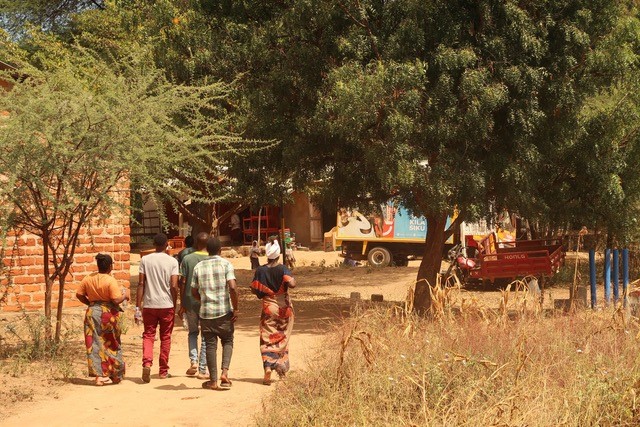
“They take loans”, someone explained. “But the interest is high. Sometimes they lose their homes. It is stress. Not just hunger. Psychological stress.
And still, they go on. They plant again. They wait. They hope.
“We can’t see the future,” one farmer said quietly. “The dry seasons come more often now. We don’t know if it will get better.”
In Membe, as in many places across the region, farming is no longer just about the land. It is a test of patience, of endurance, of faith. The people here are not standing still: they are adapting, coping, surviving. But without more support, more affordable solutions, and more inclusive systems, they worry they may not overcome.
From: How the other half lives
